In this tour, get to know:
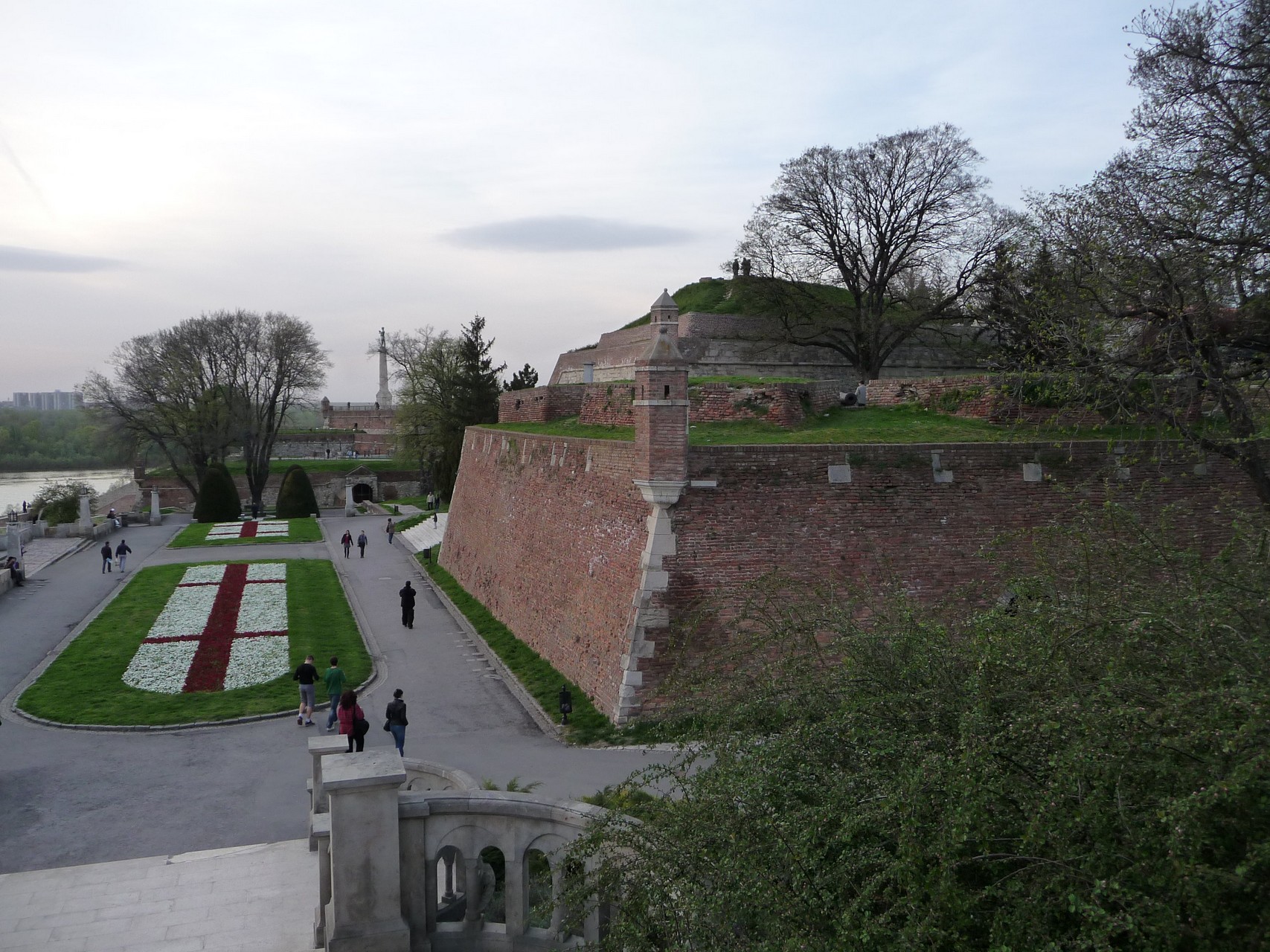 (cc) Matt Zimmerman/CC BY 2.0
(cc) Matt Zimmerman/CC BY 2.0
Kalemegdan – Park & Fortress
Kalemegdan Park is the largest park in Belgrade, and at the same time, the most important cultural and historical complex in the city. The park is dominated by the Belgrade Fortress on the confluence of the Sava and the Danube rivers. Kalemegdan complex includes buildings, archeological sites and historical monuments...
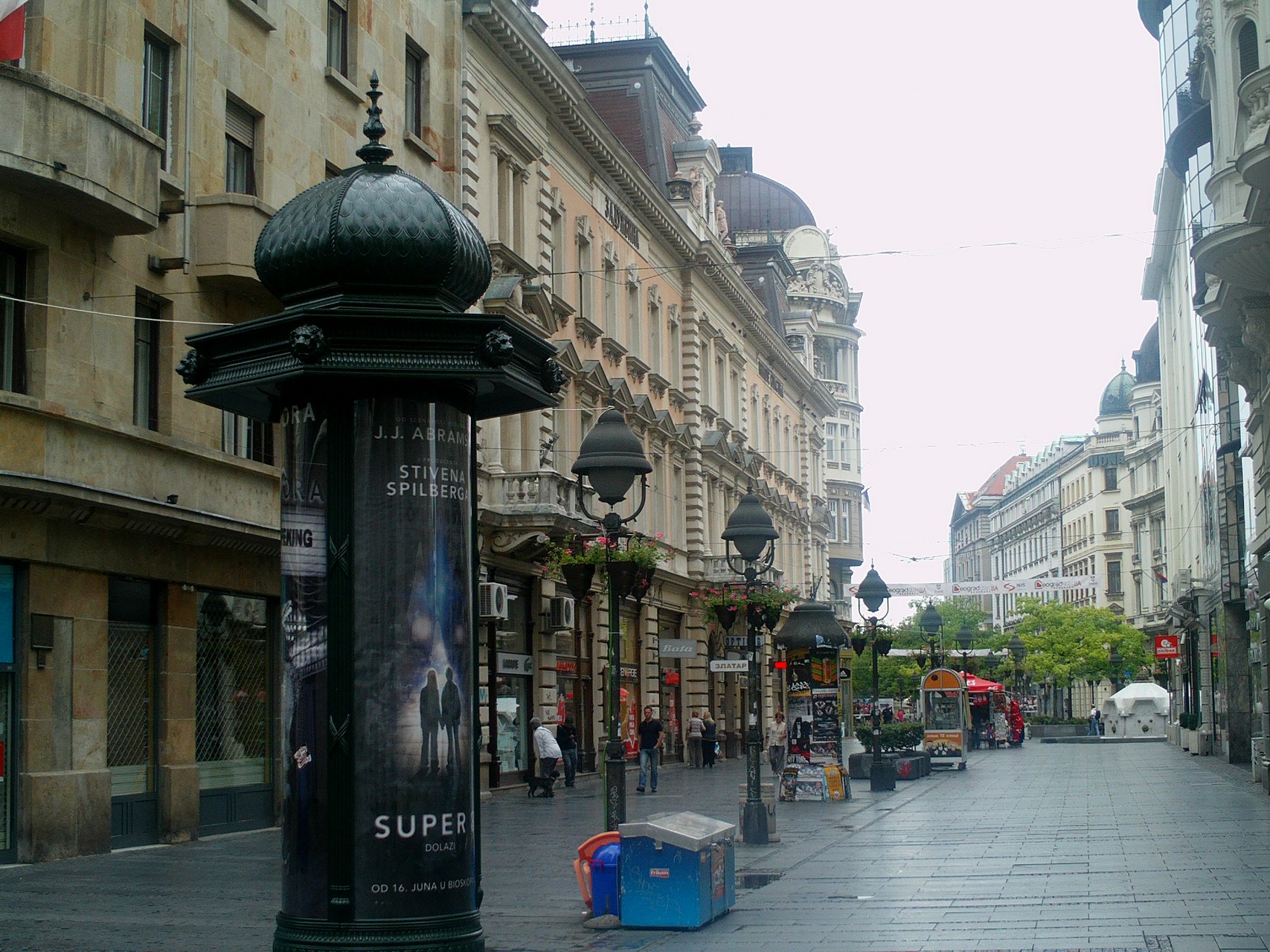 (cc) NinoBeg/CC BY-SA 3.0
(cc) NinoBeg/CC BY-SA 3.0
Knez Mihailova Street
Knez Mihailova Street is the main pedestrian zone in the city. It is protected by law as one of the oldest and most valuable landmarks in the city. It features a number of representative buildings and civic houses built in the second half of the 19th century. The street is...
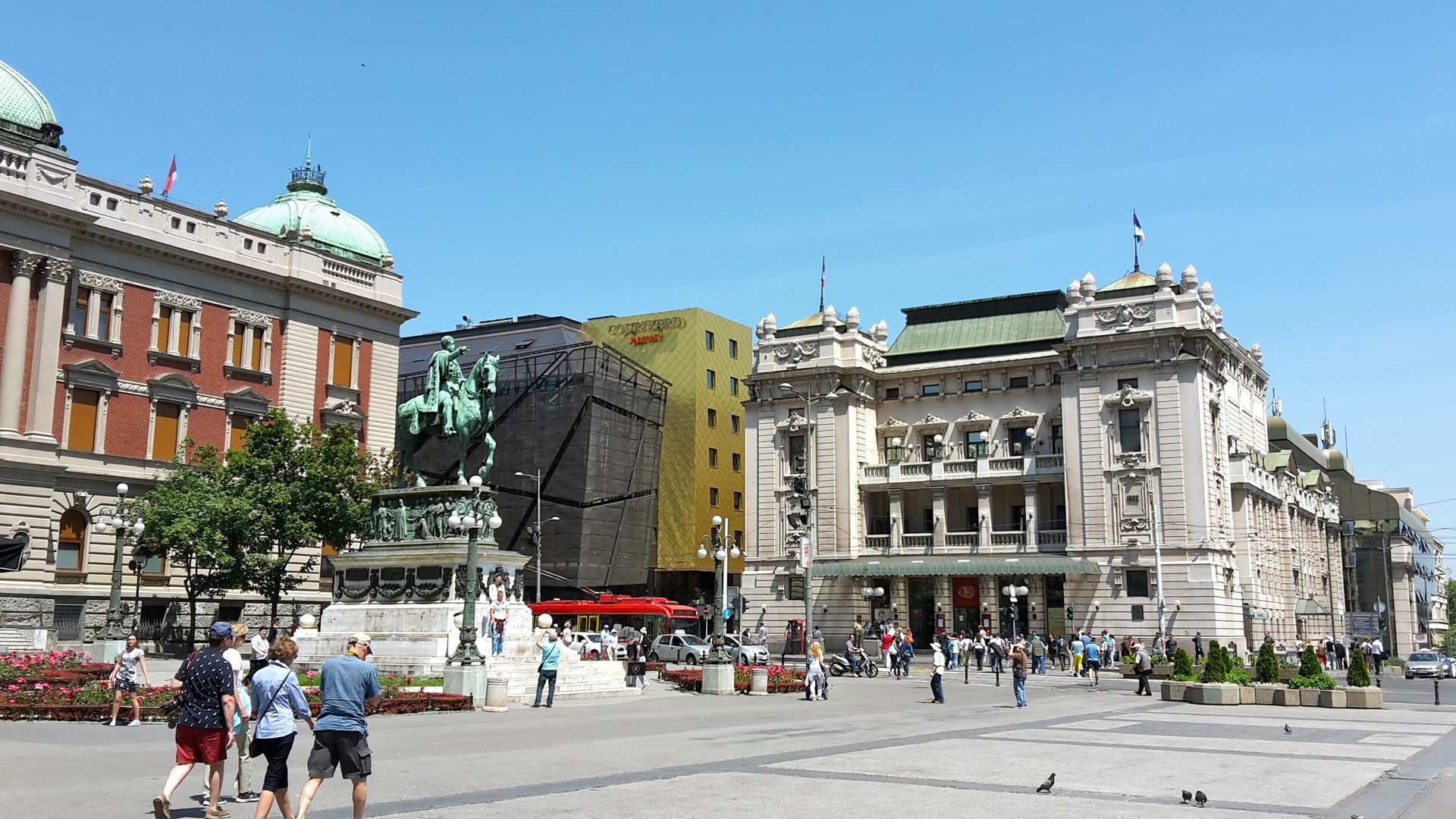 (cc) Eric Cleves Kristensen/CC BY 2.0
(cc) Eric Cleves Kristensen/CC BY 2.0
The Republic Square
The Republic Square is one of the central city squares. It used to be called Pozorišni Trg (“Theatre square”). The square as it is today was formed after the demolition of the Stambol Gate in 1866 and the construction of the National Theater building three years later. The Stambol Gate,...
 (cc) Mister No/CC BY 3.0
(cc) Mister No/CC BY 3.0
Skadarlija
Skadarlija is a bohemian quarter, a favorite tourist spot and a place where you can feel the spirit of old Belgrade. Skadarska Street, after which the whole surrounding area is named, is about 500 meters long and located in the very center of the city. Due to the proximity of...
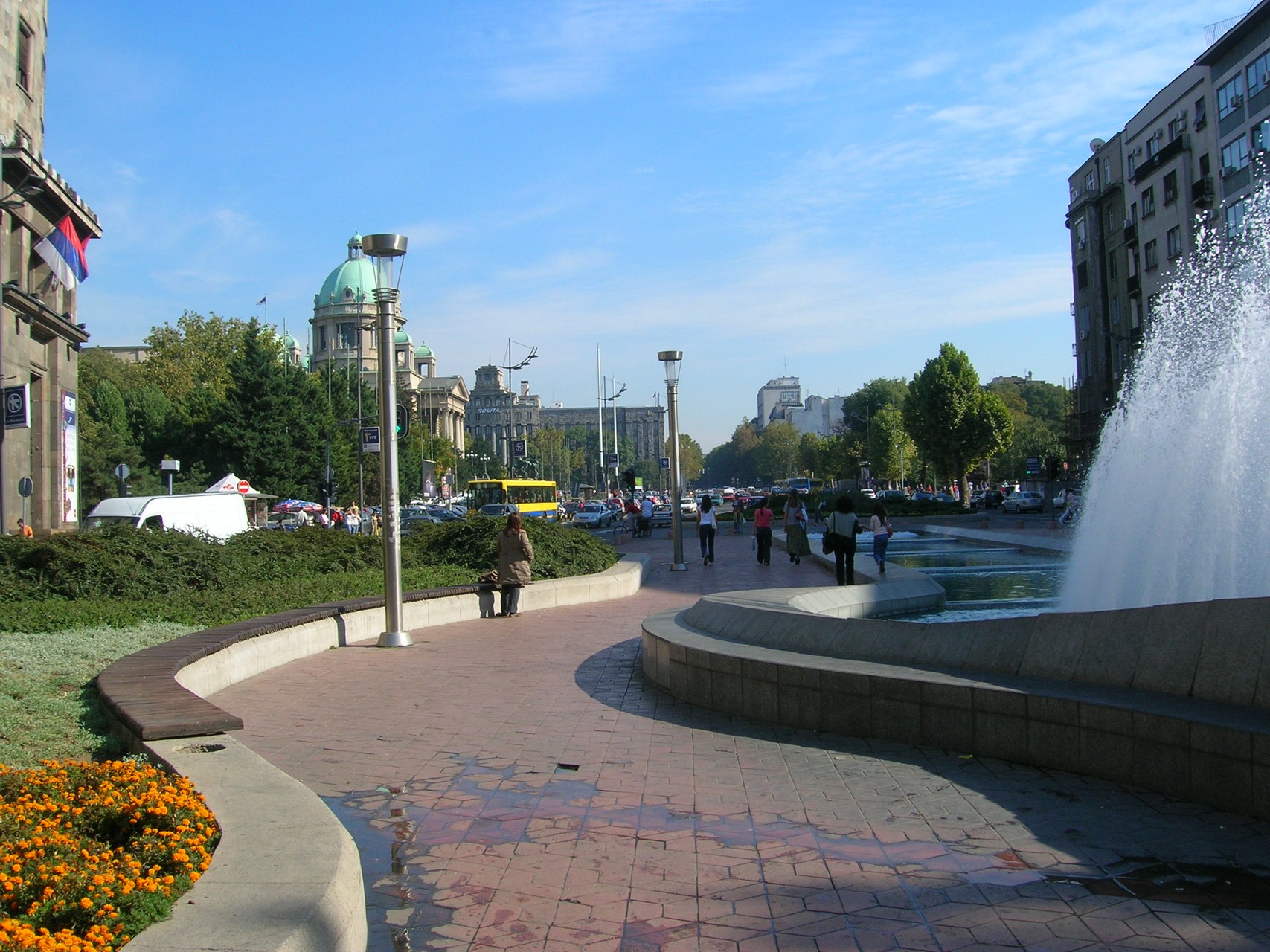 (cc) Damien Smith/CC BY-SA 2.0
(cc) Damien Smith/CC BY-SA 2.0
Nikola Pašić Square
The Nikola Pašić Square, one of the central town squares, was created in 1953, when a representative fountain was built at the centre of it. It is named after Nikola Pašić, one of the most eminent Serbian politicians from the end of the 19th and the beginning of the 20th...
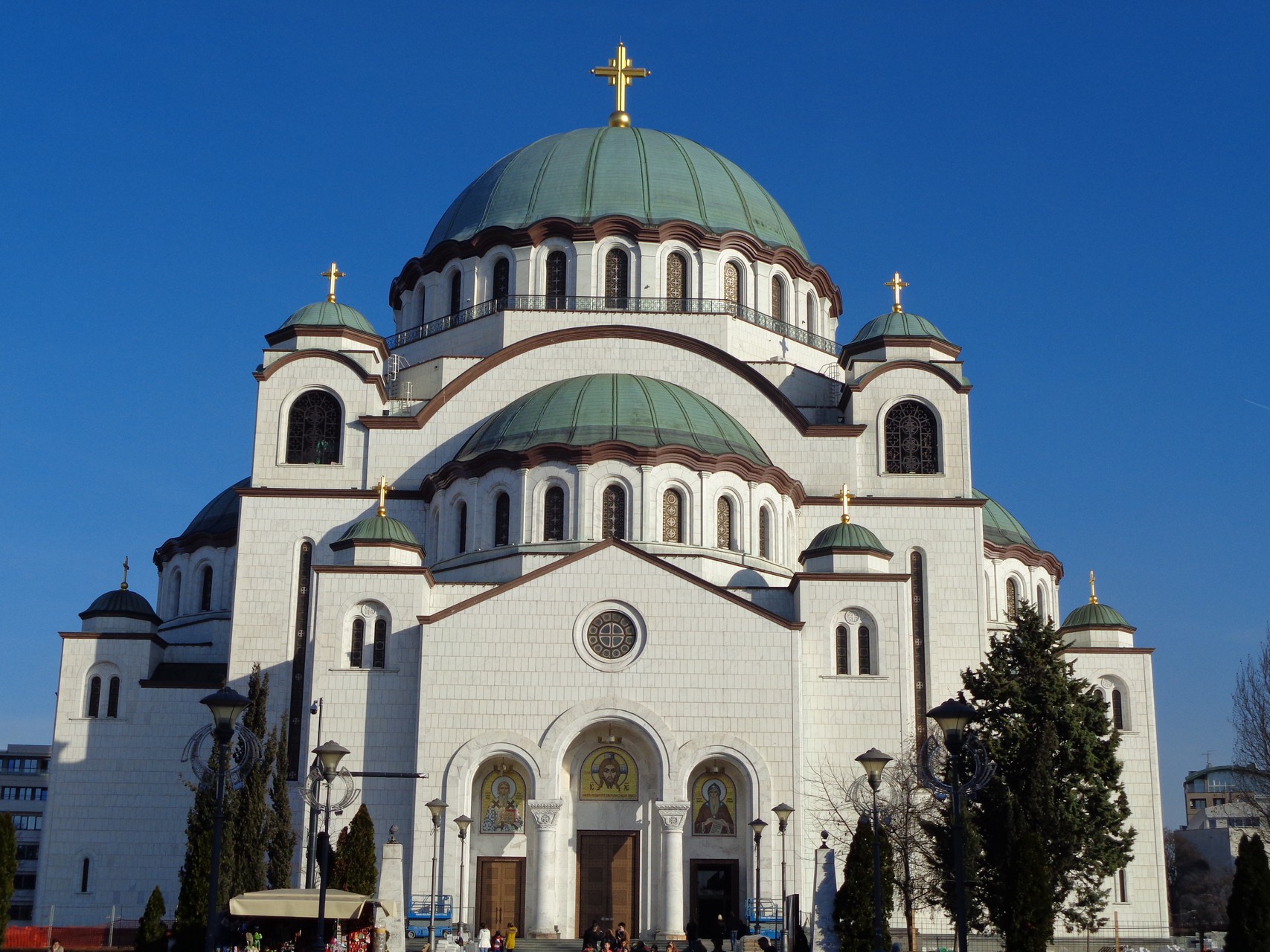 (cc) Andrija12345678/CC BY-SA 4.0
(cc) Andrija12345678/CC BY-SA 4.0
Temple of Saint Sava
The silhouette of Belgrade is dominated by the monumental edifice of the Temple of Saint Sava. Built on Vračar plateau, this is the largest Orthodox church in the Balkans and one of the largest Orthodox churches in the world. It is said that the temple was built on the site...
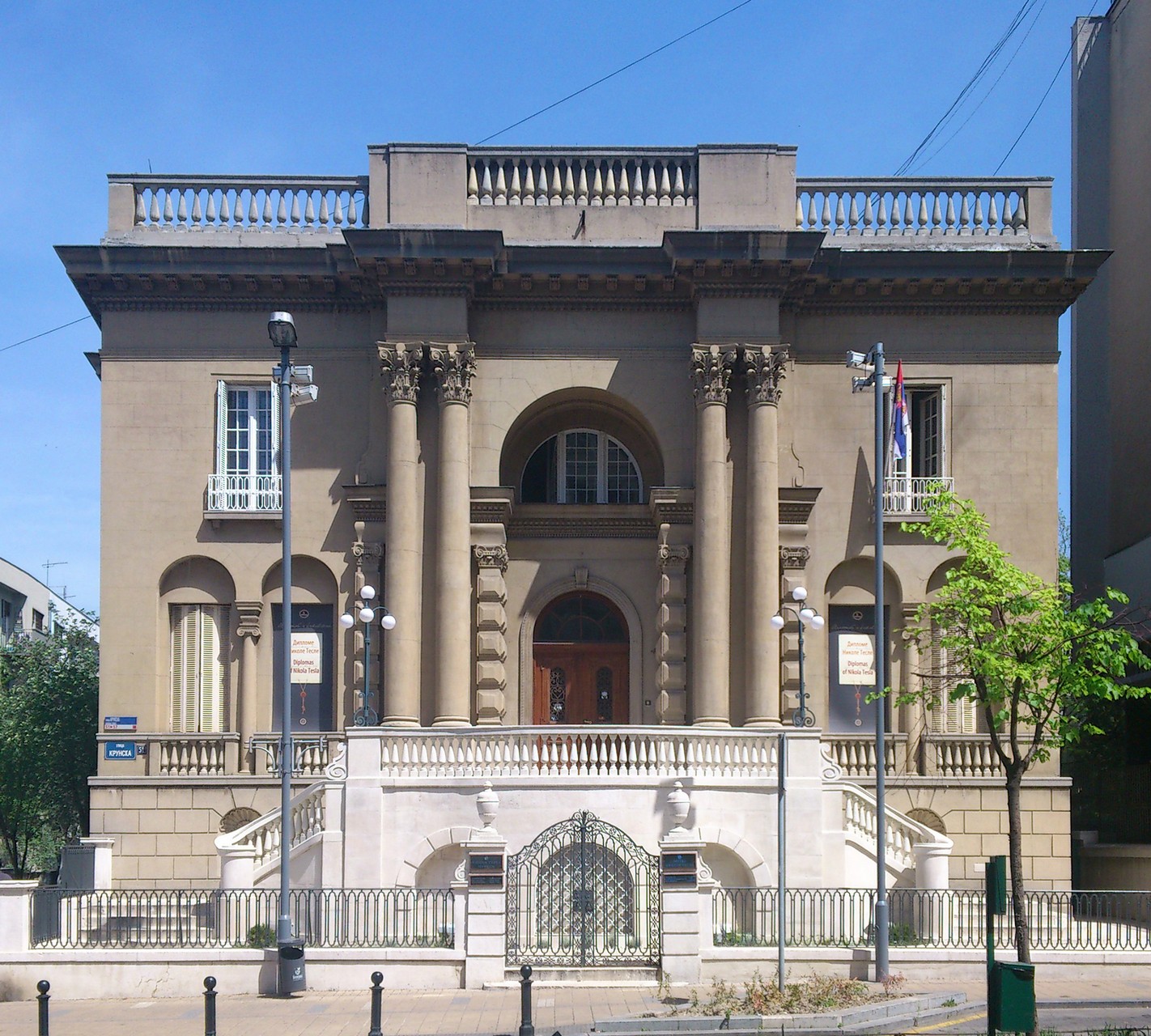 (cc) Nemezis/CC BY-SA 3.0
(cc) Nemezis/CC BY-SA 3.0
Nikola Tesla Museum
The Nikola Tesla Museum is a unique institution which boasts the largest collection of documents on the life of the one of the world’s greatest scientists. The Museum contributes to a broader and clearer insight into the great contribution to science and society, which Nikola Tesla gave to all humanity...
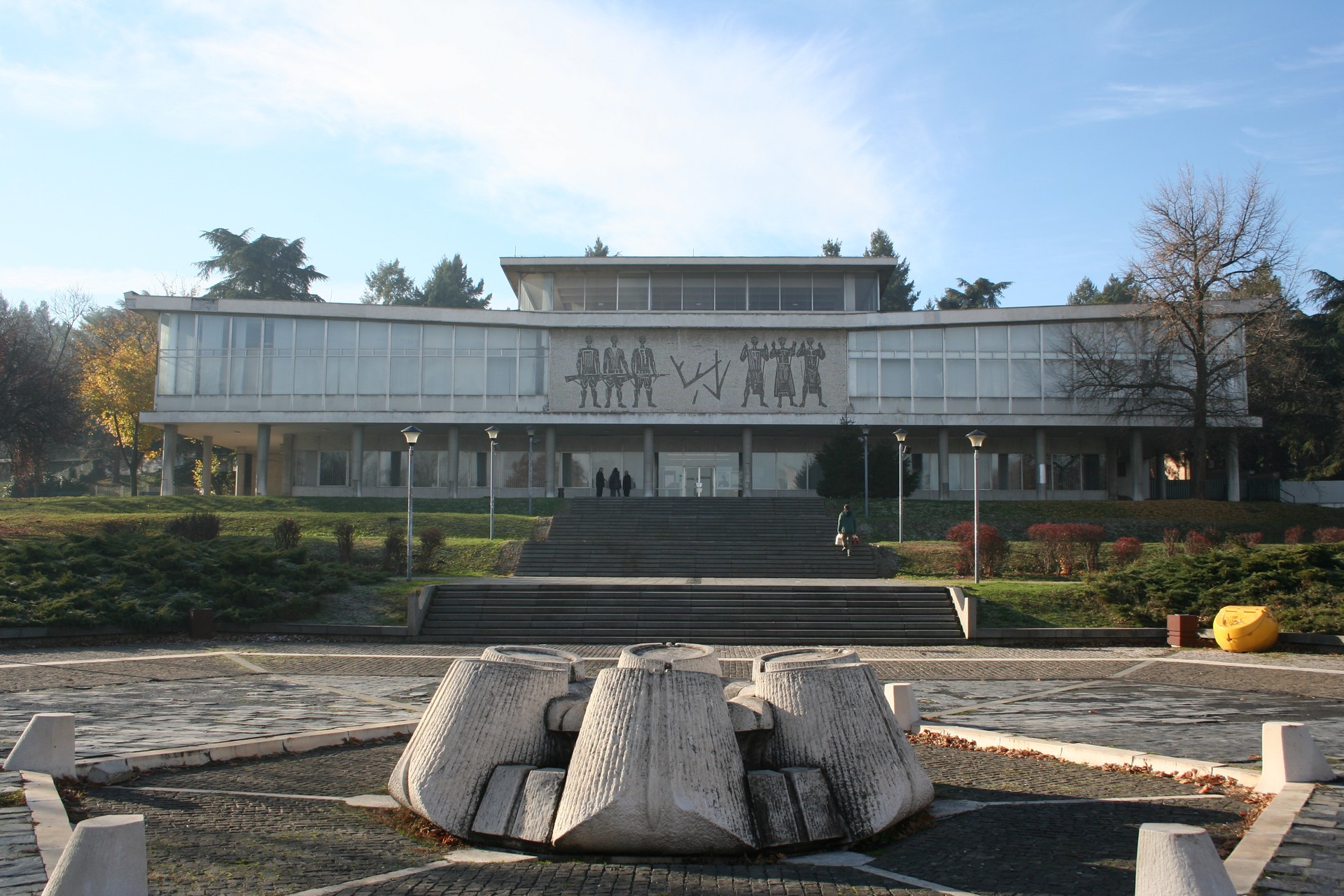 (cc) Ванилица/CC BY-SA 4.0
(cc) Ванилица/CC BY-SA 4.0
Museum of Yugoslavia
The Museum of Yugoslavia is a cultural institution that collects and exhibits various objects related to the history of Yugoslavia. At the same time, this is a place where the cult and the epoch of Josip Broz Tito, the lifelong president of Yugoslavia and one of the most important personalities...
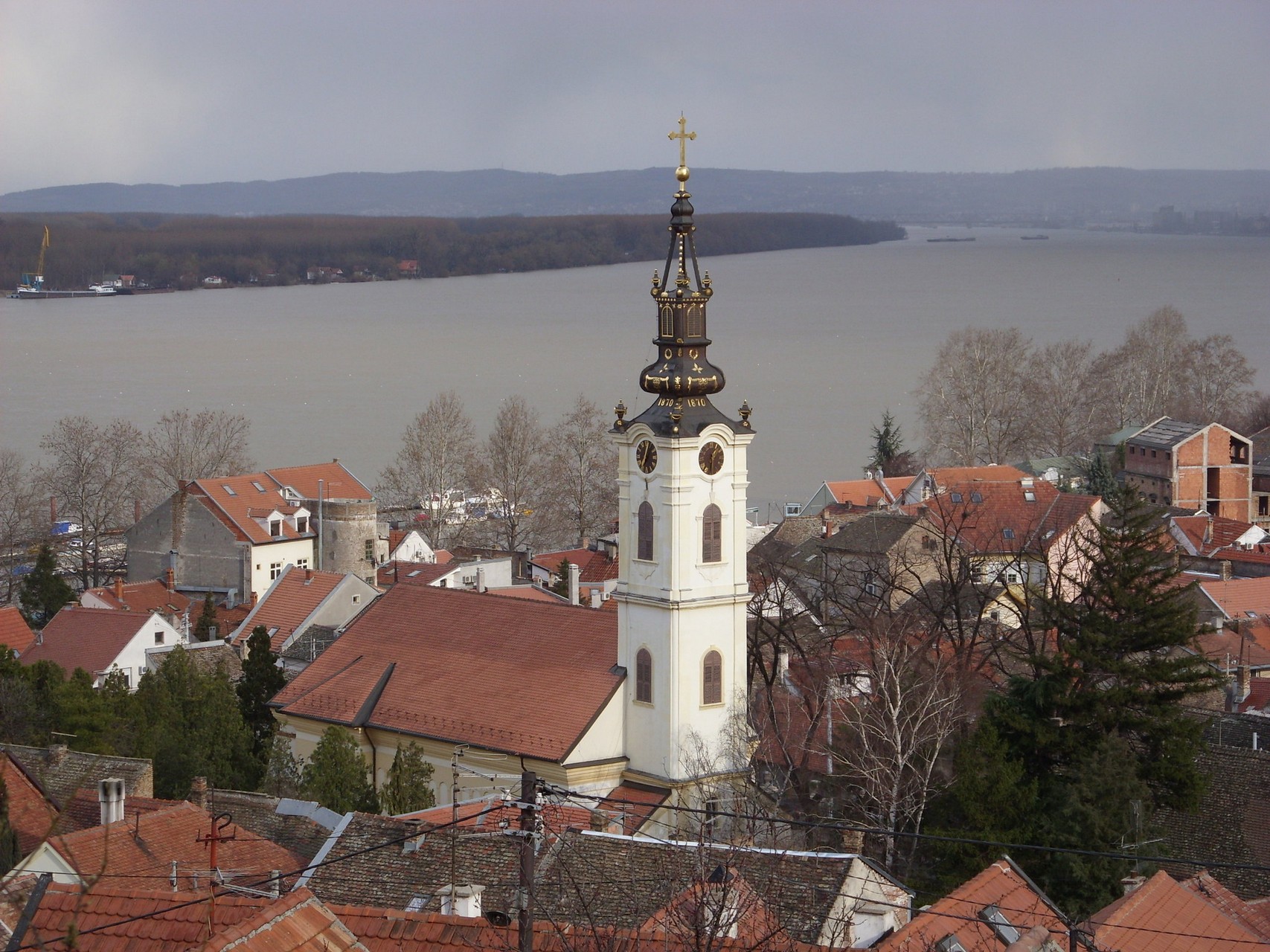 (cc) Julijan Nyča/CC BY-SA 2.0
(cc) Julijan Nyča/CC BY-SA 2.0
Zemun
Zemun became a part of Belgrade in 1934. Before that, it was a separate town in the southeastern part of Srem. Traces that testify to the existence of settlements on the territory of Zemun date back to the Neolithic era. In Roman times, Zemun was called Taurunum. Slavs had changed...
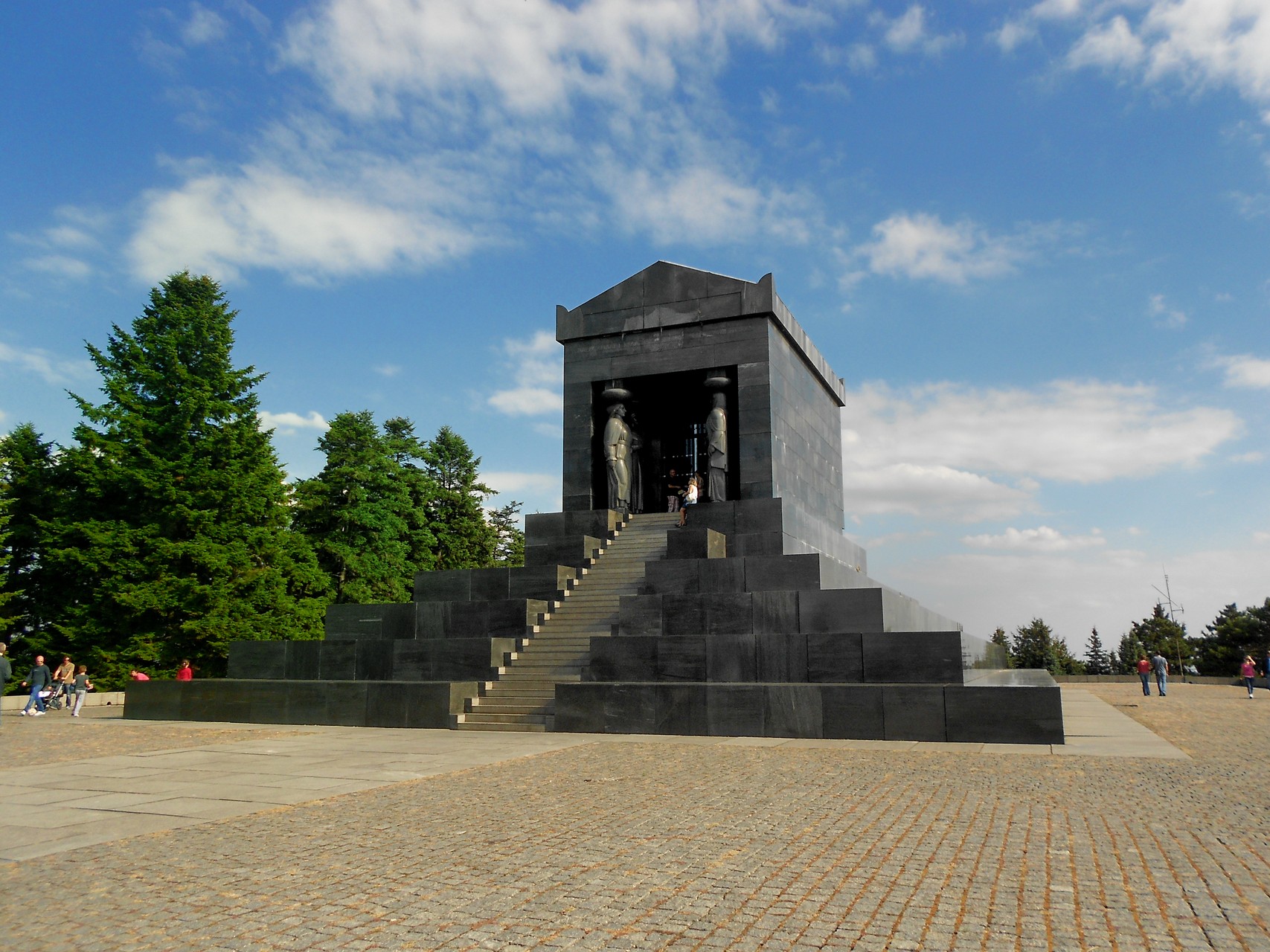 (cc) NMedjedov/CC BY-SA 3.0
(cc) NMedjedov/CC BY-SA 3.0
Avala
Situated around 18 km from the center of Belgrade, Avala, with its height of 511m, is the lowest mountain in central Serbia. The whole mountain complex was declared a national park in 1936. In the Middle Ages,the town of Žrnov was located on top of Avala. It was surrounded by...